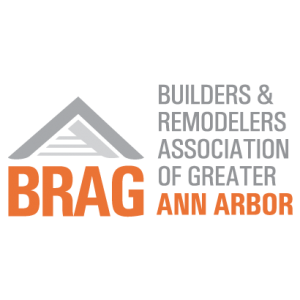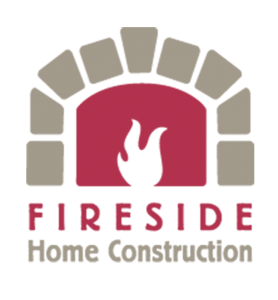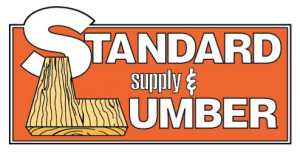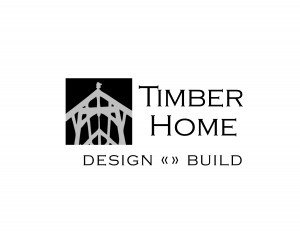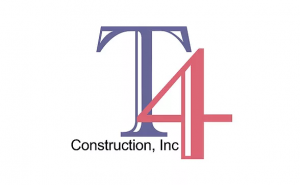Can a System Built, Pre-Fabricated, High Performance, Kit Home be a “Zero Energy Ready Home (ZERH)?” Part 1
By Stewart Elliott, Right Home Company Co-Founder
Now we are getting to the heart of it all. We discussed that a system built home is a higher quality home at a competitive price. Of course, this, as everything else, is dependent on the specifications, workmanship and “best practice details;” cheap, high-maintenance, homes abound costing their owners more money and aggravation. We are focused on cost of ownership, not first costs.
Our country is finally realizing that the rapid increase of greenhouse gasses is causing out of control climate change which will have a disastrous impact on the earth and our lives (I worry about my children and grandchildren.) The costs to live within this new environment will be staggering. We need to commit to what we want our homes to represent.
We do not pretend to offer the solution here; we do hope we can keep the conversation going. It is not simple and there are many moving parts – this is a blog after all. Here we will simply introduce the big picture which will focus on a simplistic definition of NET ZERO ENERGY HOMES (NZEH), initial data, a general strategy, and rough cost estimates to achieve a NZEH.
DEFINITION
A NET ZERO ENERGY HOME[1] is a building that is designed and built that can ‘conserve, cancel or offset’ all energy used in that home. Many states and countries are making this a requirement for new home construction.
DATA
We hear about ‘energy efficiency’ and usually apply this to heating and cooling our home; yes, it is the largest user of energy. The generally accepted energy uses in an average household[2] are:
Heating and cooling ~ 45%, Water heating ~11%, Appliances (refrigerator, dishwasher, clothes wash & dry) ~ 18%, Lighting~7%, TV, entertainment, computers, monitors ~ 4%, Other (small appliances, office equipment, rubbish removal, lawn mowers, etc.) ~ 15%
Energy costs for an average home is $4,800/yr[3] and of course are $0. for a NZEH - a big annual savings.
STRATEGY
This is perhaps the most difficult part of the equation. Here we need to acknowledge the reasons and philosophies to pursue NZEH such as individual good vs. community or national good, cost of ownership vs. first cost, sustainability, and more.
CONSTRUCTION COSTS to address NZEH
Keeping this simple, our ‘base’ national average home for comparison is 2,200 sf, built to code, and has average builder specs in a middle average climate which is about 6,500 DDH[4] and 1,000 DDC[5]. In this area of the country, to go from an Energy Star+ home design to NZEH is an increase of about 6% which will save the owner more than the cost to finance the additional price – an immediate positive cash flow.
Summary
System built NZEH may be a combination of right-sized to ~1,800 sf vs. average site built conventional home, and owners will be energy cost free, independent, living in a healthier home.
Yet another reason that system built smaller homes meeting the marketplace saves you money, and the planet begins to heal.

